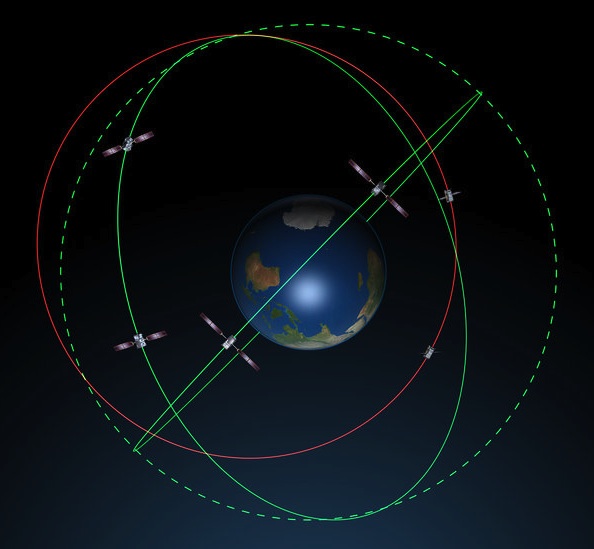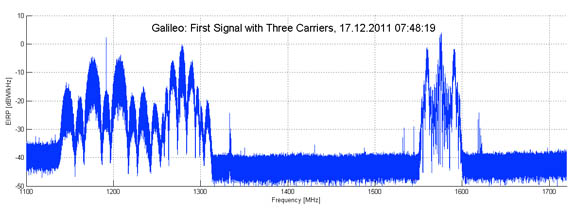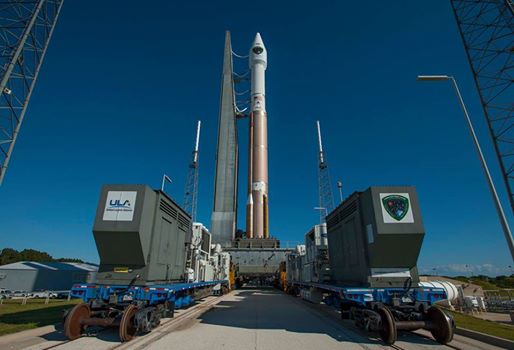After months of testing, the European Space Agency (ESA) has announced that Galileo satellites 13 and 14 are transmitting healthy navigation signals and ready to relay distress calls to emergency services.
The satellites, launched from Europe’s Spaceport in French Guiana on May 24, went through lengthy testing that included receiving and uplinking signals through specialized antennas, ESA said. Some of the tests included navigation and search and rescue payloads methodically switched on, the agency said.
After months of testing, the European Space Agency (ESA) has announced that Galileo satellites 13 and 14 are transmitting healthy navigation signals and ready to relay distress calls to emergency services.
The satellites, launched from Europe’s Spaceport in French Guiana on May 24, went through lengthy testing that included receiving and uplinking signals through specialized antennas, ESA said. Some of the tests included navigation and search and rescue payloads methodically switched on, the agency said.
The test phase was conducted at both the Galileo Control Center in Oberpfaffenhofen, Germany, and from ESA’s Redu Center in Belgium. The Oberpfaffenhofen and Redu centers were linked for the entire test campaign, allowing ESA to compare Galileo signals with satellite telemetry in near-real time, the agency said.
The test campaign measured the accuracy and stability of the satellites’ atomic clocks, which is essential for the timing precision to within a billionth of a second as the basis of satellite navigation, ESA said.
Both satellites were visible above the Redu facility for three to nine hours each day, allowing personnel to schedule tests accordingly, ESA said.
The next four satellites, launched on November 17 from French Guiana, are beginning the same in-orbit testing activity, ESA said. The agency hopes to have the four satellites operational in the spring.
Early in 2017, ESA plans to development new concepts for on-board precise orbit determination (POD) for satellites in several orbits using GNSS and similar techniques. Some of the testing will include identification and development of key drivers and requirements for new on-board POD concepts, according to a presentation by Werner Enderle, European Space Operations Center’s (ESOC) head of navigation support office, at this week’s PNT Advisory Board meeting in California.
The agency also announced that a Galileo next-stage navigation research program received strong backing recently during European Union (EU) meetings in Switzerland. The agency said that while European Geostationary Navigation Overlay Service (EGNOS) and Galileo "are on a steady footing," their future construction and evolution will be supported by EU’s Global Navigation Satellite System and Horizon 2020 programs.
ESA said they also received strong EU support for its Navigation Innovation and Support Program (NAVISP), which combines EGNOS and Galileo expertise to future positioning, navigation, and timing (PNT) challenges, ESA said.






